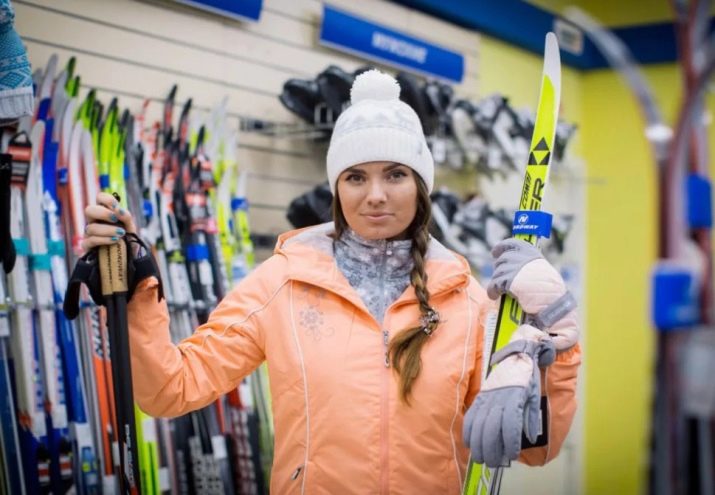How are classic skis different from skating skis?

All cross-country skis are divided into types: skating, classic and combined (or universal). The first and second types dominate, universal ones are used less often. It is difficult for a beginner to understand how the first type differs from the second and what kind of inventory should be used for different requests.
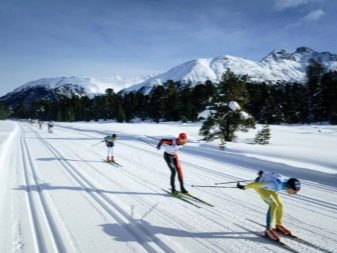
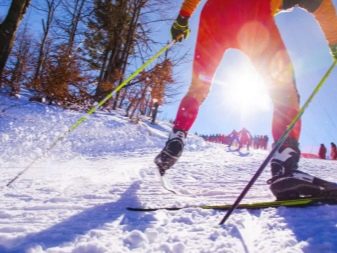
Visual differences
Skating skis are a sensible choice for those who want not only to learn how to stand on skis, but also to walk on them on fresh snow from time to time. This is the choice of those who intend to develop in this type of physical activity, perhaps even professionally. Fans of fast skiing on the track should also take a closer look at this option. The length of these skis is shorter, but the rigidity, on the contrary, is higher. This stiffness is needed for a stronger push.
In skating, a skier is very similar to a skater: a person makes a push from the snow with the inside of the ski, the body weight is transferred to the sliding ski, and then the movement is repeated with the other leg. The ridge style is optimal for trails with good rolling, hands and body should be actively working while doing this. Skating skis have a maximum length of 190-192 cm, and the difference between them and classic skis is in the toe. In skates, it is stupid.
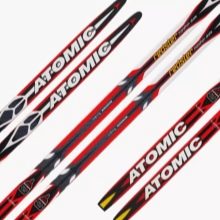
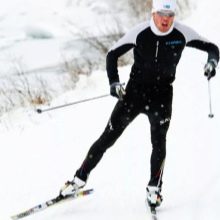
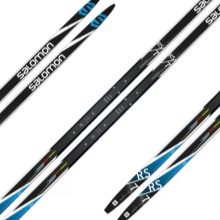
Classic skis (often called regular skis) are softer. But outwardly, it is difficult to distinguish soft from hard, and it is easier to focus on the bow. It is more twisted in classic pairs - in ridge toes it is blunt and this is very noticeable. And the classic will be taller in length: the pair is chosen taking into account the height of the person, classic skis should be 25 cm higher. Sticks are usually chosen up to the shoulder. In skating equipment, the poles reach the athlete's earlobes.
Ridge and classic pairs differ in their purpose, hence the differences in configuration, and in the choice of lubricant, and in the selection of poles. But if the length of the equipment may not be immediately revealed, then the toe will be the main clue: blunt in skating pairs and well twisted in classic pairs.
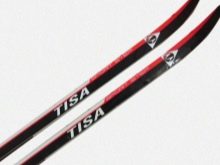
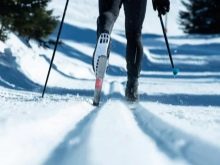
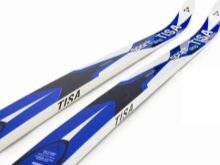
Which ones are more elastic and stiff?
Classic skis can be considered non-rigid at all - they are soft and have almost no elasticity. Rigidity and considerable height in skating equipment, such characteristics help the skis to support the ankle, which is under sufficient load during the skating course. A classic pair is not characterized by elasticity: its task is to organize the contact of the ski sole with the snow, and this makes it possible to achieve the desired speed. The main load when walking on classic skis falls on the middle part.
So, ridge pairs are stiffer and more elastic, and classic ones are soft and slightly elastic. Ridge type lubricants may need to be lubricated on the middle part and this will be a restraining type lubricant. For classic vapors, retention lubrication is generally not needed.
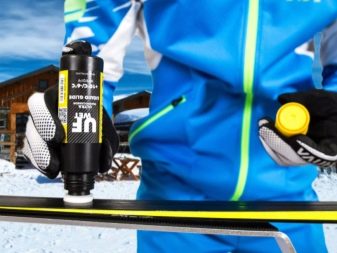
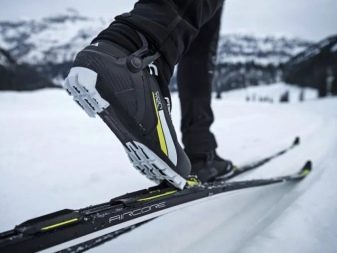
The main difference between inventory is load balancing. The classics are characterized by the creation of a minimum area of contact between the equipment pads and snow. - this is the only way the skis will go. The skaters need stability when pushing, when a person will transfer weight on one leg. Therefore, they need elasticity and rigidity so much.
If you can't decide in any way, you can find a combined model that will have averaged parameters. For amateur skiing, such equipment will be sufficient. But experts point out that "combi" is rather a marketing ploy. Some of them even say that there are no such skis, that this is an ordinary classic that can be adapted for a different move, but it will be "crooked".

Comparison of other characteristics
It is interesting that in Russia, in contrast to the West, the skating course is more in demand. This means that the choice of skis may be inclined in favor of these types. This is a little strange, because it is more difficult to master the skating course. The quality of the track for such skiing should be better, not all will fit. But it is easier to lubricate skating skis, this is an advantage, and it is the only one. It is easier to develop speed on skating equipment, but you need to master the technique.

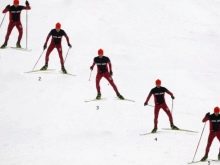
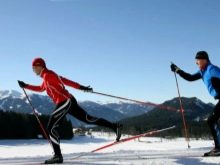
What experts note:
- paraffin should be applied to ridge pairs along the entire length, from the cape to the heel;
- a pair of skates is selected by weight, you need to feel the rigidity for a confident kick with your foot;
- boots that are needed for skating equipment will be stiff and high to balance the load on the ankle;
- in a classic pair, you need to lubricate with paraffin the middle, maximum - the middle and the sock, in the middle they also apply holding ointment;
- due to the large length, the classic equipment ensures the speed of movement, the skis do not intersect with each other, that is, the length only limits the growth of the skier;
- in the skating course, cross movements are required, and long classical models, of course, will not work - they can catch on each other, and the person will fall;
- it is easier to pick up the classics - more models, more colors, the choice is also more varied for the budget, it is easier for the same beginners to find inexpensive models;
- skiers who are ready to switch to professional experience can find classics with foam filler or with air channels (but the price for such advanced models will be much higher);
- if skis do not have special notches, you cannot do without ointment - and notches are on classic pairs;
- skating tracks are not suitable for movement along tourist passages, they are not suitable for mountain trails, they will only go for well-groomed, well-prepared trails.
If you ask an expert, what is the main and defining difference between classic skis and skating skis, he will indicate the goal.He will advise beginners to master the classics, and to those who have already mastered it for sure, he will tell them to try the skating course. Just make a purchase right away, perhaps not an expensive one, you can rent a couple.
